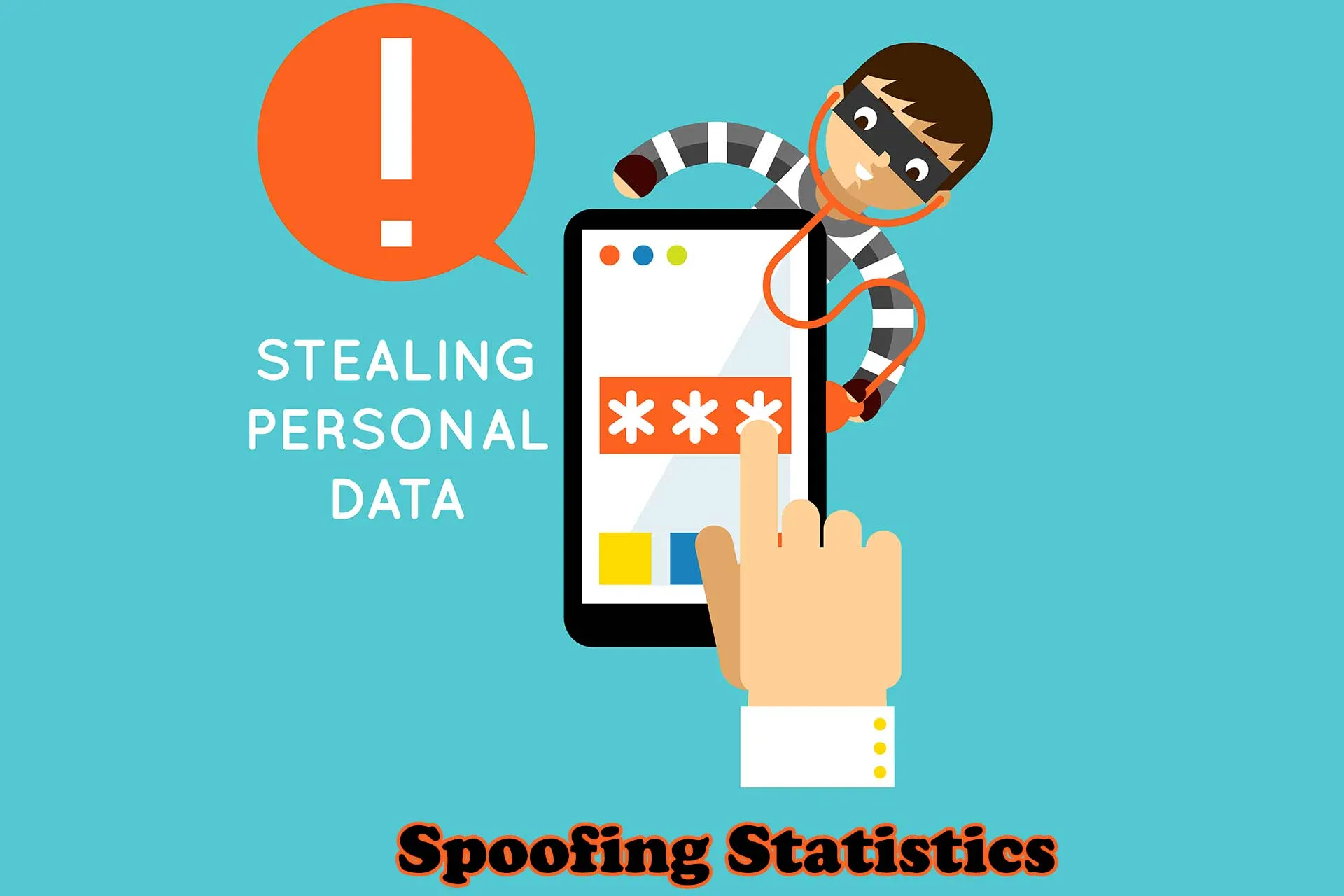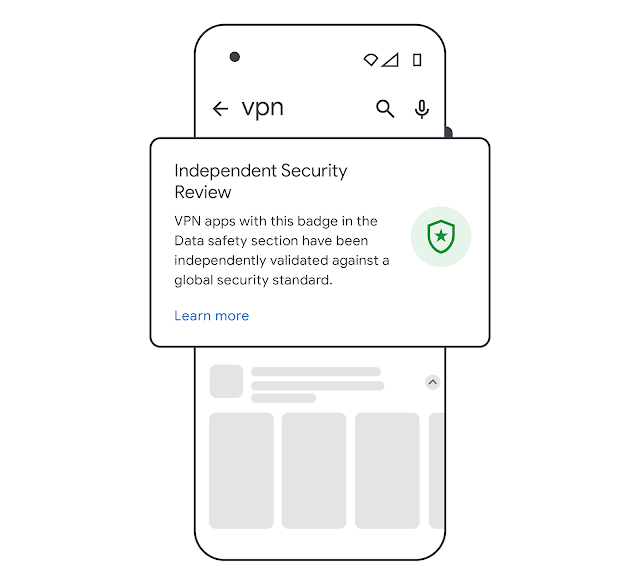9 Alarming Spoofing Statistics To Know in 2025
4 min. read
Updated on
Read our disclosure page to find out how can you help VPNCentral sustain the editorial team Read more

Spoofing and brand impersonation are widespread cyber crimes that trick users into providing sensitive data. Unfortunately, they work like a charm.
Users feel more at ease around trusted brands like Microsoft or Amazon which makes them vulnerable.
Nevertheless, studying spoofing statistics can help you understand the dangers of such cyber crimes and better prepare for them. Here’s our selection of the most impactful stats.
Alarming spoofing statistics
Here are some horrifying spoofing statistics that just hit hard:
- The majority of social engineering attacks are delivered by email.
- DHL is the most impersonated brand in spoofing attempts.
- UK businesses suffer an annual loss of £245,000 to phishing and spoofing attacks.
- Scammers send 91% of spoofed emails using Gmail instead of other platforms.
- 40% of UK companies reported increased fraud attempts in 2020 compared to 2021.
Now, let’s learn more about spoofing stats and how to prevent these attacks.
Spoofing statistics by brands
Brand impersonation is often the primary social engineering technique to trick users. The following facts show which famous brands are the most commonly used:
1. DHL is the most impersonated brand in spoofing attempts.
(Source: Graphus)
The DHL logistics company is the no.1 brand cyber attackers impersonate to steal user information. Accordingly, 23% of all spoofing attacks impersonated DHL to target users worldwide.
2. Microsoft is the second most impersonated brand, with 20% of attacks mimicking it.
(Source: Graphus)
Traditionally, Microsoft held the first spot. But based on recent data, DHL takes the title now.
Furthermore, 20% of all spoofing attempts imitated Microsoft.
3. WhatsApp and Google are popular spoofing baits, with 11% and 10% of attacks imitating them.
(Source: Graphus)
Finally, Whatsapp and Google are the third and fourth most popular brands among spoofers.
Based on the stats, each took up 11% and 10% of all phishing attempts and cost many users their accounts.
Spoofing statistics by delivery methods
While spoofing attacks can occur in many ways, some methods are more effective than others. Let’s have a look:
4. The majority of social engineering attacks are delivered by email.
(Source: Verizon)
According to Verizon, attackers mostly rely on emails in their schemes. Additionally, the average user trusts their favorite brand’s emails.
5. One-third of IT experts experienced increased attacks via workforce messaging platforms, cloud-based file-sharing platforms, and SMS.
(Source: IRONSCALES)
IRONSCALES reported spoofing attempts don’t end with emails. Criminals also utilize file-sharing platforms, messaging platforms, and SMS.
Furthermore, one-third of IT professionals experienced more phishing attempts through these platforms.
6. Scammers send 91% of spoofed emails using Gmail instead of other platforms.
(Source: Barracuda)
Cyber attackers study their victims to get to know them, so they can manipulate them into trusting them.
Accordingly, they send 91% of emails using a Gmail account. Google’s email service is top-rated and highly reputable.
Spoofing statistics by victims
Like most crimes, spoofing attacks often target a specific audience, depending on how easily they get tricked.
Here are some spoofing stats by their victims worldwide:
7. 60% of mid-sized businesses in the UK have been hit by fraud in 2020.
(Source: BDO)
Although large corporation frauds are more often on the news, smaller businesses are no exception.
In fact, more than half of mid-sized businesses in the UK have been hit by spoofing attacks.
8. UK businesses suffer an annual loss of £245,000 to phishing and spoofing attacks.
(Source: BDO)
Given their popularity, it’s no wonder that UK businesses have accumulated £245,000 of annual loss to fraud.
Furthermore, companies are investing in advanced security measures and practicing safe online behavior to minimize such costs.
9. 40% of UK companies reported increased fraud attempts in 2020 compared to 2021.
(Source: BDO)
Almost 40% of all businesses surveyed mentioned they experienced significantly more fraud attempts.
Moreover, Professional Services, Finance, Mining and Utilities, Manufacturing, and Public Administration sectors are the primary victims.
Wrap up
Spoofing and brand impersonation can critically impact businesses if neglected.
So, users must acknowledge the threats and educate themselves on preventing such attacks.
Luckily, spoofing statistics are an excellent go-to as they reveal the dangers and how common they are.
Finally, be aware of what you click on and be skeptical of offers that seem too good to be true.









User forum
0 messages